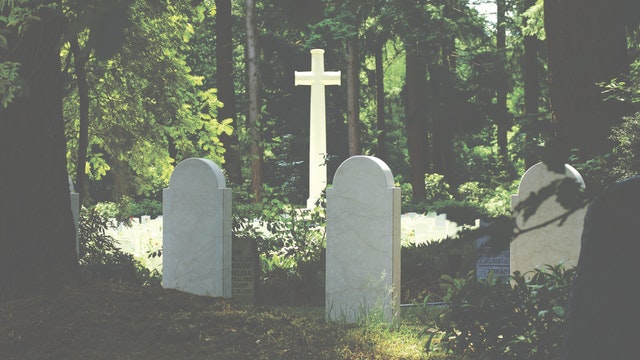Toronto commuters and visitors hurrying through the subway’s main hub at Yonge and Bloor probably have no idea that it was once the site of another kind of “underground”: Toronto’s first cemetery.
Known as Potters Field, the short-lived burial ground was opened in 1825 but closed down a mere thirty years later. The bodies were reinterred at the Necropolis in Cabbagetown, a less central location. Read More
The Necropolis’ “Resting Place of the Pioneers” includes the graves of almost one thousand of the city’s earliest settlers from the days when Toronto was still called the Town of York. It is the final resting place of Joseph Bloor, George Brown, William Lyon Mackenzie and Jack Layton, among many others. Students of history and design often visit the cemetery, which serves as a showcase for High Victorian Gothic Revival architecture, such as the first crematorium in the province.

When the Necropolis couldn’t expand any further, Mount Pleasant Cemetery was opened in 1875. Among the luminaries buried on the grounds are former prime minister William Lyon Mackenzie King and pianist Glenn Gould.
Toronto’s first Roman Catholics were usually buried in parish cemeteries, such as the one at St. Paul’s Church on Power Street, built in 1822 but no longer in use. The city’s oldest Catholic cemetery in continuous use is St. Michael’s Cemetery at Yonge and St. Clair, opened in 1855.
Mount Hope Cemetery on Erskine Avenue opened in 1900, as the city’s Catholic population grew. Author Morley Callaghan, hockey pioneer Francis “King” Clancy and wrestling promoter Frank Tunney are among the historical figures interred at Mount Hope.
Further growth in the Catholic population after the Second World War necessitated the opening of Holy Cross Cemetery (1954), Resurrection Cemetery (1964), Assumption Cemetery in 1968 and Queen of Heaven Cemetery in 1985.
Toronto’s first Jewish cemetery, Holy Blossom, was established in 1849 in the Pape and Gerrard vicinity. It closed in 1930; the Jewish community is now served by Mount Sinai Memorial Park and the Jones Avenue, Lampton Mills and McGowan Road cemeteries.
Reflecting the city’s multicultural population, a Muslim cemetery opened in 2012. However, most Toronto cemeteries can fully accommodate those of any faith, or no faith.


